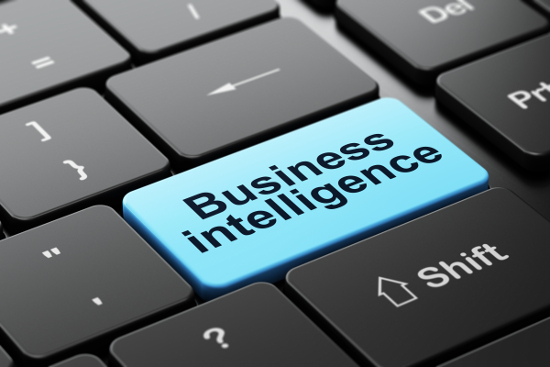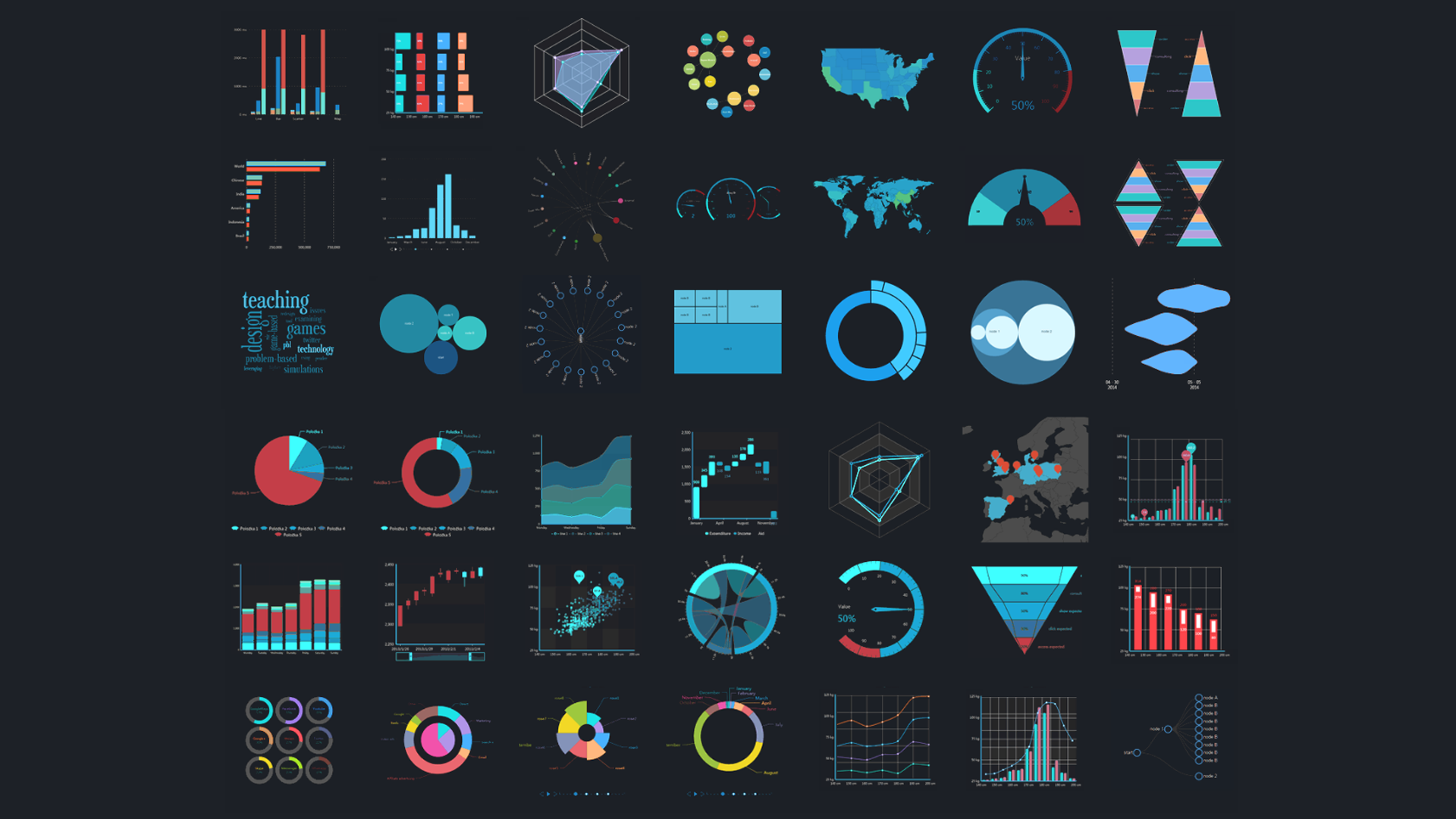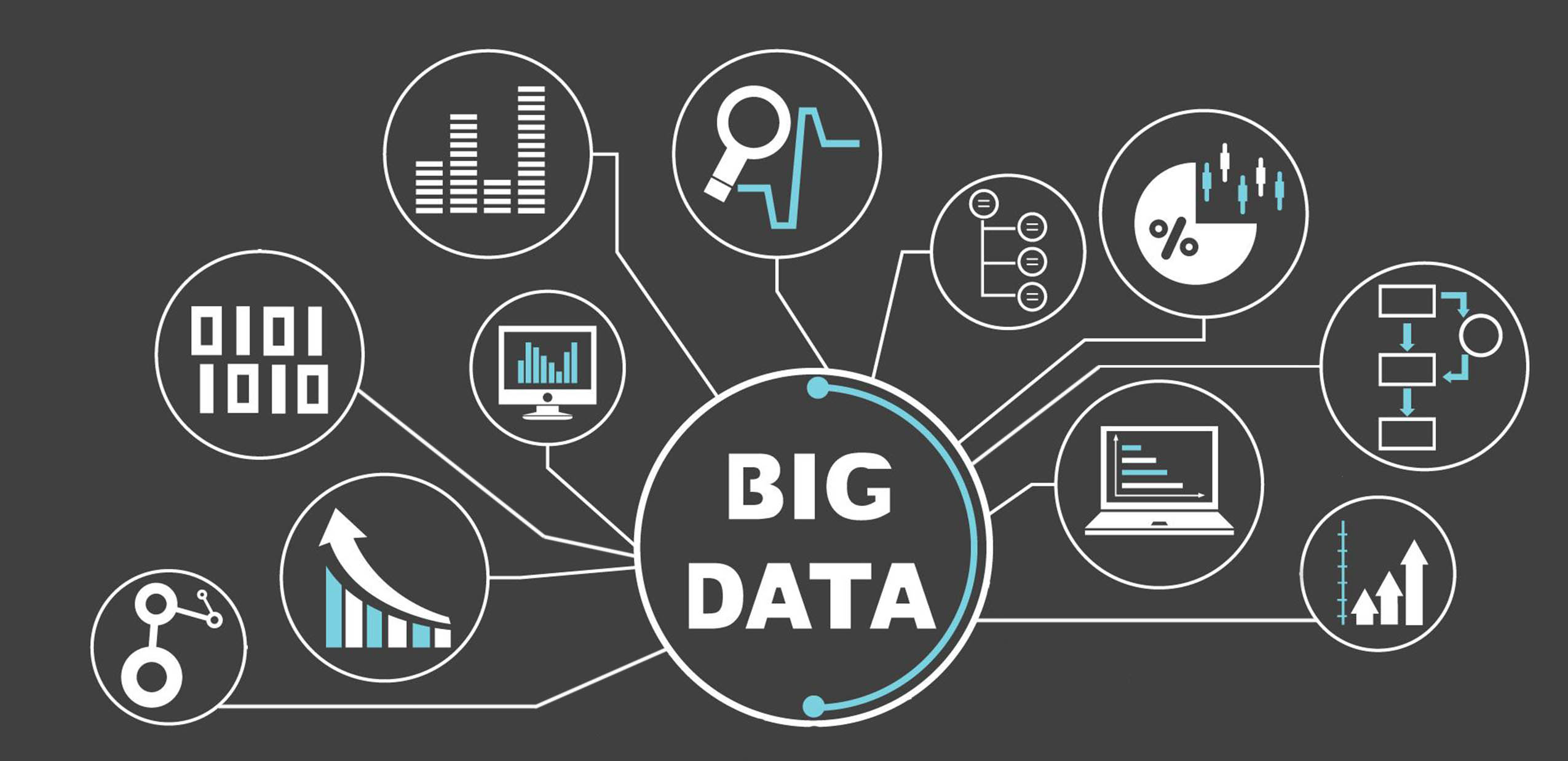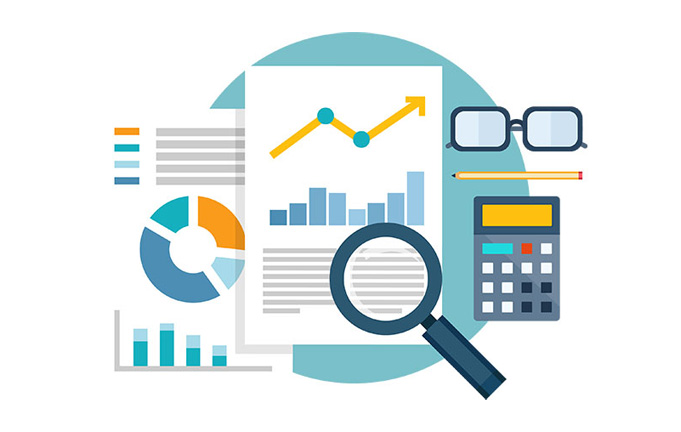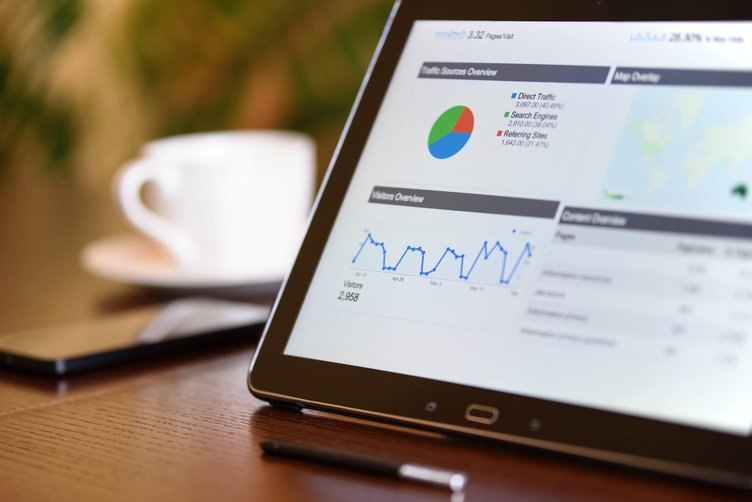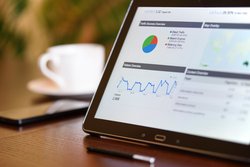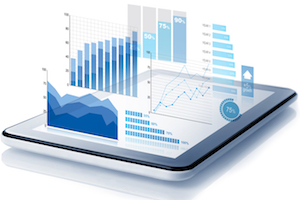A Buyers Guide to Business Intelligence Software
Business Intelligence technology has experienced massive advances over the past few years. It has never been easier to implement and harness the power of full-featured BI. As a result, laborious, time-consuming data collation and analysis are now a thing of the past. In this buyer's guide, you will learn how your company can easily identify BI software that best fits your company's needs.
Business Intelligence (BI) Software – The Basics
BI offers businesses and organizations the ability to analyze finite data across all areas of their operation from sales and marketing to accounts, production and even human resources. This analysis is then displayed as a visual insight on a dashboard via charts, graphs, and icons. It allows businesses to see these insights in real-time giving a timely advantage when looking to identify business trends, strengths, and weaknesses.
The insights provided can be tailored to the specific needs of each business or department and be structured around key performance indicators (KPI’s) with information relating to current, previous and projected future performance. Ultimately, Business Intelligence Software provides business owners and managers with a revolutionary tool to see the overall ‘health’ of their business and to identify ways of improving performance to meet their specific business objectives.
What Type of Business Intelligence (BI) Does Your Company Need?
Business Intelligence Software has not always been as accessible as it is today and was mainly reserved for large corporations due to its complexities and overall cost. Businesses utilizing traditional BI would need controlled environments and highly skilled staff, even scientists to analyze the data the software provided. This created a huge demand for IT resources and although having direct access to the servers on-site offered greater security, this was often outweighed by the shortage of skilled manpower to facilitate it.
Self Service vs Traditional
Luckily, in recent years Self- Service BI has developed tremendously. This type of BI is accessible to businesses of all sizes, is interactive, user-friendly and does not require the advanced skill set of traditional BI to gain value from its insights. This type of BI can be located internally, or cloud-based and is therefore non-restrictive to businesses with smaller premises. It allows more technically advanced operators to focus on other areas of the business whilst providing real-time data to managers and departmental staff that can be clearly understood and acted upon.
In-House or Cloud-Based BI?
This decision will be based on several factors, the most important of which will be in relation to the volume, diversity, sensitivity and security demands of your data coupled with the infrastructure and costings associated with its hosting. Below we highlight the pros and cons of both options:
|
In House |
Cloud-Based |
|
Sizeable Up-Front Cost (one-off) |
Lower ownership cost and financial risk |
|
Manages high volumes and varying/frequently updating data more effectively |
Implemented quickly and scales up more easily |
|
More speedy integration with other data sets |
Does not require controlled on-site environment or technical skillset |
|
Higher Security Control |
Can be shared easily with remote or fragmented teams |
|
Slower to update and fewer features than cloud-based option |
Security is only as good as your provider |
What are the Main Features of Business Intelligence Software?
Once you have decided on the best suited Business Intelligence software for your organization you will need to investigate the type of features the software provides and how they will meet with your business needs.
To ensure the longevity of your software, plan for growth. It is better to purchase a Business Intelligence System that not only caters to your current needs but will also enable the growth of data requirements in the future. However, there is a fine balance between anticipating the future and not overbuying where the technology may be overwhelming for both you and your staff.
Here are some of the main features you should be looking for:
Customizable Dashboards
This facility offers the user the option to view top-line statistics in an easy to read visual formats such as graphs and charts. This type of dashboard can be customized in line with your businesses Key Performance Indicators (KPI’s).
Analytic Capabilities
This dashboard demonstrates further data capabilities of your BI system that the user can integrate into their statistical analysis, either drawing from your existing BI facility or available for importation as a tool from a third-party.
Integration Tool
This is a chat-style platform that allows users to view and share information through mobile devices regardless of their location. An essential feature for mobile or fragmented teams that need to access key information and collaborate with different users.
Data Preparation
This clever feature allows the user to collate and combine various sources of data which through various functions, arithmetic and logical processes transforms and stores the data.
In-Depth Analytics
This feature is like your own person scientist that can translate the language (Natural Language Processing), predict future data through machine learning, mine for data and even create models that are custom-built for other programs and languages such as Java, Python, and SQL.
BI Integration Compatibility
Before making your purchase, you will need to ensure that your prospective BI system is compatible with your existing data management systems. If your BI cannot source and integrate your Customer Relationship Management System (CRM) into your analytics platform for example, then the software is effectively useless. Prior checks must be made in relation to all your data sources and formats for compatibility with your BI software to ensure smooth integration. Here are some things to consider:
ETL – Extract, Transform and Load – This feature should be coded into your BI system or available as a tool. Essentially this is an extraction process that should be capable of obtaining and transforming the information from all your data sources and format it according to your BI analysis requirements.
The connection of Data – Most cloud-based BI systems have built-in data connectors that link your data sources such as your CRM and ERP (Enterprise Resource Planning) systems to your BI data storage. This has a clear advantage over In-House BI systems where the ETL is more complex.
Integration to Third Parties
This is where the software effectively takes over data management at the back end preparing and extracting data and connecting it to a data warehouse or master database ready for cloud or on-site data analysis.
The BI System you choose should be capable of connecting, extracting and integration of your data from all of your resources to give an informed and current view of the ‘health’ of your business at any given time.
What About Niche Business Requirements?
Whilst not all businesses will have specialized requirements, some do. If your business works in a unique field or with rare data formats you will need to ensure your BI system has the capability to deal with this. These could take the form of layered security and accessibility, advanced backup due to breaches of data or acts of God, automation, customized branding, multi-node distribution versus single track, operating with specific scripts plugins, publishing and exporting, configuration with specific web tools, GDPR regulatory functions and even auditing software to track users and the data they access.
There is no ‘one size fits all’ and as you are the expert in relation to your business you should specify in detail all your requirements to your BI provider and ensure that they can be met both in the short and long term prior to making a decision on which BI software to invest in.
How Long Will It Take for My New BI System to Be Functional?
There is no real answer to this question as it will depend on so many varying factors from the type of system you opt for, to the amount and complexity of data you anticipate processing. Other factors that will influence time frame are the volume of KPI’s to be measured, your businesses existing information technology infrastructure, whether you are updating an existing BI system or introducing BI software for the first time, the technical ability and understanding of your existing staff as well as their resistance to change and most importantly your prior planning, preparation and clear communication of your core BI system requirements to your provider.


